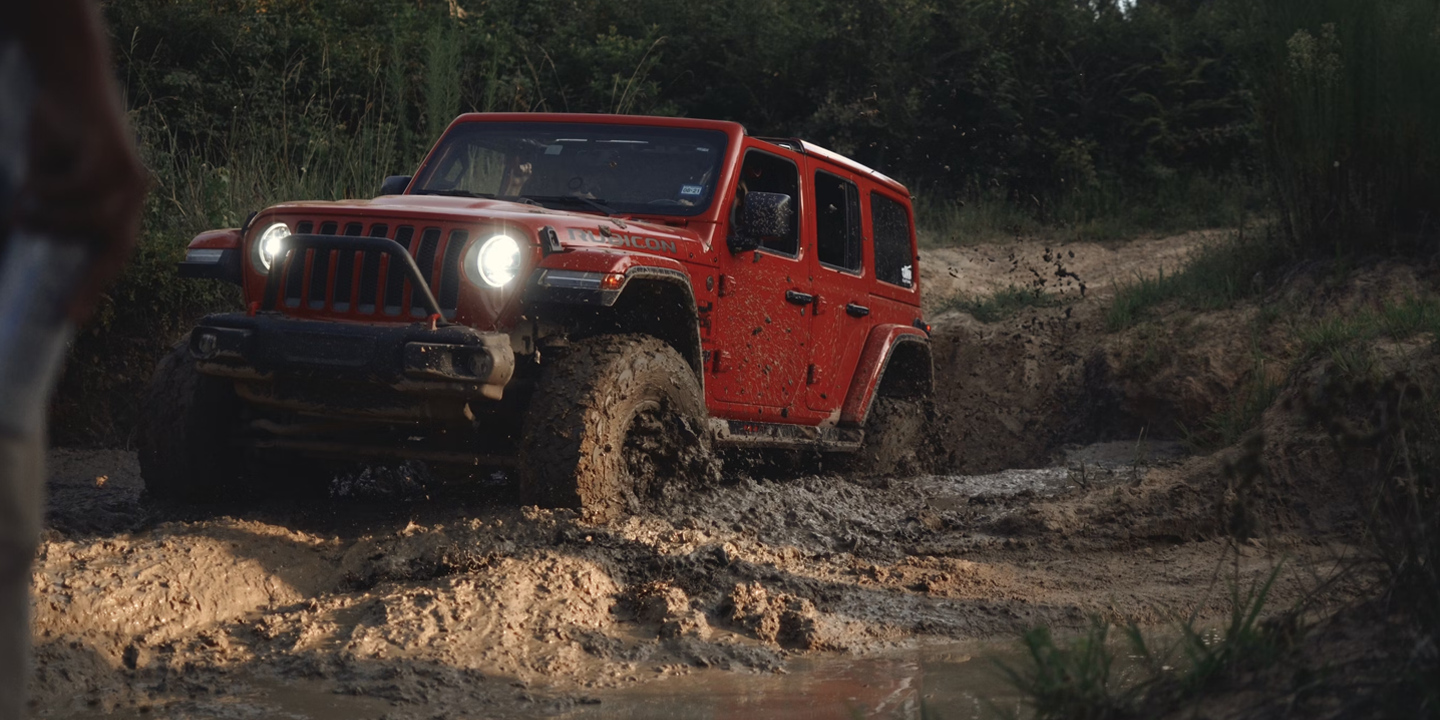Harley-Davidson Behind The Scenes
Not everything about Harley-Davidson lives on the surface. Years before it became a road legend, a young engineer in his 20s sketched plans with a teammate to build their first bike. What followed was a business with bold innovation and wartime pivots. The story of Harley-Davidson is full of surprises. If you're curious, here are 20 cool, lesser-known facts hiding beneath the brand's polished surface.
1. Born In A Backyard Shed
Long before dealerships and global recognition, Harley-Davidson began in a 10-by-15-foot wooden shed behind a Milwaukee home. This modest structure held the earliest experiments of William S. Harley and Arthur Davidson. Hand-painted on its door were the words “Harley-Davidson Motor Company”.
 Unknown authorUnknown author on Wikimedia
Unknown authorUnknown author on Wikimedia
2. WWI’s Two-Wheeled Warrior
What vehicle could keep up with soldiers and endure battlefield grit? In World War I, over 20,000 Harley-Davidson motorcycles answered that call. Their contribution was strategic. The U.S. military relied on these machines for speed, durability, and communication under fire.
 10 Two Wheeled War Machines | A Brief History of Ten Military Motorcycles by History Engine
10 Two Wheeled War Machines | A Brief History of Ten Military Motorcycles by History Engine
3. Elvis Helped Sell Harleys
Not every marketing moment comes with an instant legacy. But when Elvis Presley posed with a 1957 KH model for The Enthusiast magazine, the image took on iconic status. Shot in 1956, the photo became one of Harley’s most circulated visuals.
 http://www.classic-motorcycle-build.com on Wikimedia
http://www.classic-motorcycle-build.com on Wikimedia
4. First Police Bike In 1908
By 1908, Harley-Davidson was reshaping public safety. That year, the Detroit Police Department acquired the company’s first patrol motorcycle. It changed how officers traveled and pursued suspects. The move also marked the beginning of Harley’s long-running partnership with law enforcement.
5. Real Hog Mascot Inspired The Nickname
Let’s trace back to the 1920s when Harley’s racing team kept a pig as their mascot. After each win, the rider would circle the track with the animal in tow. The nickname stuck and eventually became a proud symbol for Harley-Davidson riders and enthusiasts worldwide.
6. That Sound Is A Trademark
Few sounds in transportation are legally distinctive. Harley’s V-Twin engine produces a rumble famously described as “potato-potato”—a cadence so recognizable that the company filed for a sound trademark in 1994. This auditory identity underscores Harley’s commitment to tradition and mechanical personality beyond just performance.
 Ericd at English Wikipedia on Wikimedia
Ericd at English Wikipedia on Wikimedia
7. Evel Knievel’s Jumping Machine
Spectacle met steel when Evel Knievel chose the Harley XR-750 for many of his daring jumps. The bike was integral to his stunts throughout the 1970s. It helped him set multiple world records while also contributing to some of the most infamous crashes in motorsport history.
 Evel Knievel tribute sportster XR750 by Joel Hanson
Evel Knievel tribute sportster XR750 by Joel Hanson
8. They Built Aircraft Engines
During WWII, Harley-Davidson’s wartime efforts extended beyond motorcycles. While they manufactured over 90,000 WLA models for the Allies, they also produced aircraft engine components. Their technical expertise played a supporting role in military aviation, which reflects how deeply the company embedded itself in U.S. war logistics.
 Photographer: Harley-Davidson Motor Co. on Wikimedia
Photographer: Harley-Davidson Motor Co. on Wikimedia
9. Survived The Great Depression
In the economic chaos of the 1930s, only two U. S. motorcycle manufacturers survived. Harley-Davidson adapted by building not just bikes but industrial engines, farm equipment, and delivery trikes. These moves sustained the business until the American economy could recover and secured Harley’s long-term future.
10. The Knucklehead Changed Everything
When the Knucklehead engine debuted in 1936, it marked a turning point in motorcycle design. Featuring overhead valves and a stronger frame, the model transformed Harley-Davidson’s lineup into something faster and more durable. It also set new standards for performance motorcycles.
11. McQueen’s Cool Ride
Few actors embraced motorcycle culture as naturally as Steve McQueen. On and off screen, he gravitated toward Harleys. Among them was a beloved Panhead, which reflected his taste for classic American machinery. His affinity added star power to Harley’s rugged image.
 Unknown authorUnknown author on Wikimedia
Unknown authorUnknown author on Wikimedia
12. Saved From AMF’s Clutches
In 1969, bowling giant AMF took control, but cost-cutting soon damaged Harley’s reputation. Quality issues and labor tensions followed. It wasn’t until a group of executives repurchased the company in 1981 that Harley began its path to recovery and renewed respect.
 Vintage Motorcycle on Wikimedia
Vintage Motorcycle on Wikimedia
13. Harley Made Bicycles Too
Before the brand fully committed to gasoline-powered mobility, Harley-Davidson explored pedal power. In the 1910s, it introduced a line of bicycles, including youth and ladies' models. Though short-lived, these early ventures remain a rare collector’s niche that links Harley to the era’s broader transportation evolution.
14. The WWII Liberator Bike
The Harley-Davidson WLA was designed for the U. S. Army during WWII. It earned the nickname “The Liberator”. Reliable in combat zones, the WLA helped Allied forces traverse rugged terrain and carried everything from soldiers to critical messages across enemy lines.
15. Birth Of The HOG Club
In 1983, Harley-Davidson launched the Harley Owners Group (HOG), a move that redefined brand loyalty. This factory-sponsored club fostered community through rides, events, and global chapters. It quickly grew into the largest of its kind, reinforcing the emotional bond between Harley and its riders.
16. They Built A Military Turbine Bike
Functionality met military design in the Harley-Davidson MT500. Unlike typical road bikes, this rugged model was built for tactical use and had a gas-powered, air-cooled engine. It saw service in NATO-aligned militaries, which blended Harley’s mechanical reputation with modern defense requirements.
17. Sturgis Rally’s OG Ride
The Black Hills of South Dakota hosted more than just a race in 1938. The Sturgis Motorcycle Rally began as a dirt-track competition, but Harley-Davidson soon became its unofficial face. Over time, their bikes helped turn Sturgis into an international motorcycling destination.
18. Built A Snowmobile Prototype
Harley once explored the snow. The company experimented with snowmobiles to diversify its lineup in the 1970s. Although prototypes were produced, the concept never reached full production. These machines remain obscure, marking one of Harley-Davidson’s most unusual detours into non-motorcycle design.
 Harley Davidson Powered Vintage Snowmobile by Bob Rynda
Harley Davidson Powered Vintage Snowmobile by Bob Rynda
19. Military Rider School In WWII
Motorcycle messengers needed training. During WWII, Harley-Davidson helped run schools to prepare dispatch riders for battlefield duties. Instruction took place at military sites like Fort Knox, where soldiers learned maintenance, navigation, and survival tactics while riding specially built military Harleys.
 Keating G (Lt), War Office official photographer on Wikimedia
Keating G (Lt), War Office official photographer on Wikimedia
20. Tsunami Survivor Bike
In the aftermath of Japan’s 2011 tsunami, a surprising discovery washed ashore in British Columbia: a Harley-Davidson inside a rusted shipping container. It had drifted across the Pacific. The bike was later preserved and displayed in a Canadian museum as a symbol of resilience and remembrance.
 Harley tsunami motorcycle on display at Harley Museum by FOX6 News Milwaukee
Harley tsunami motorcycle on display at Harley Museum by FOX6 News Milwaukee

















